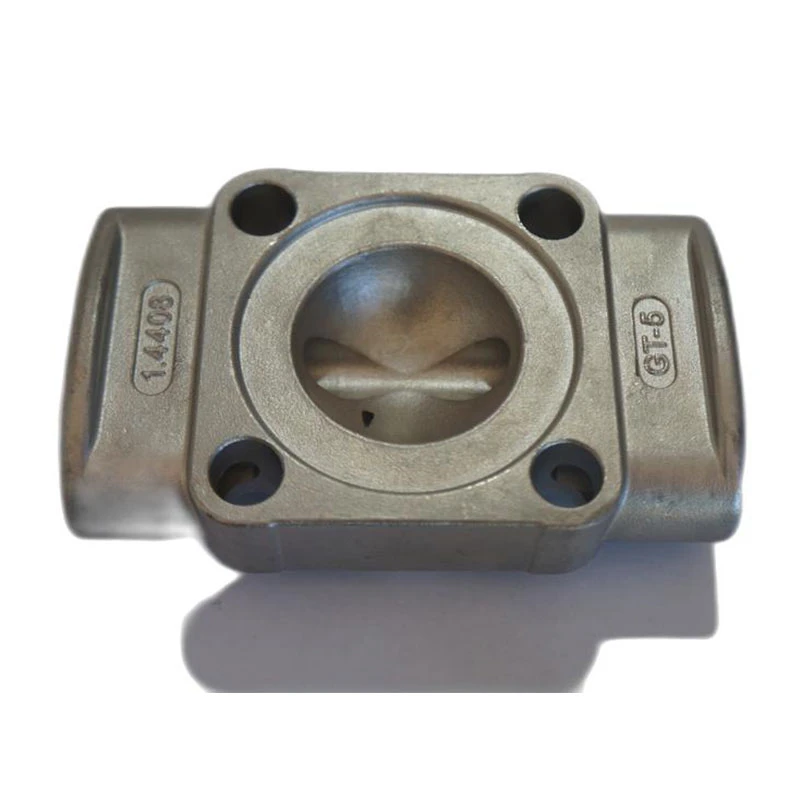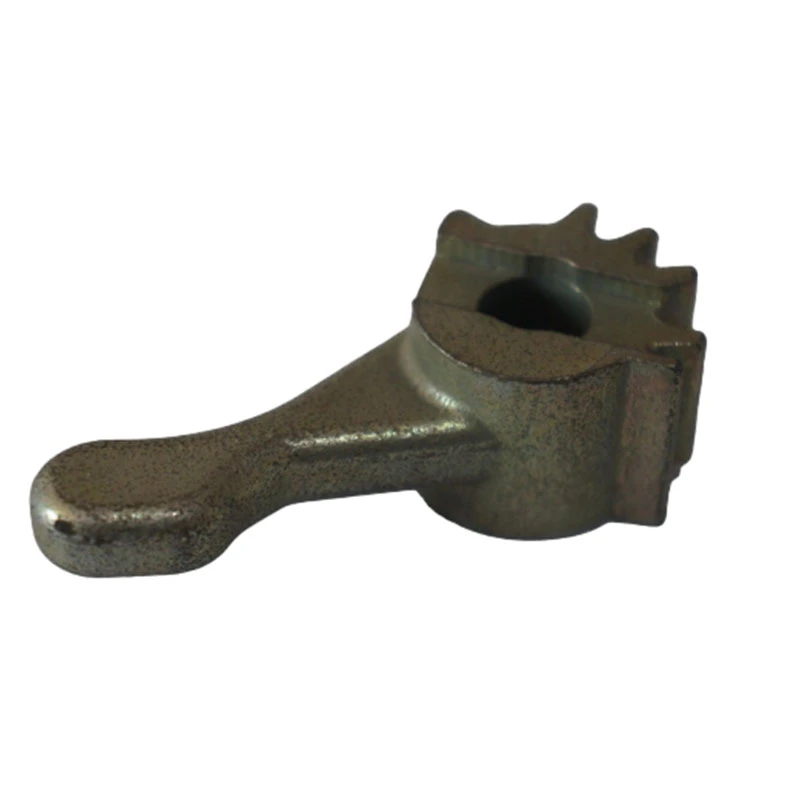лют . 14, 2025 14:27
Back to list
china precision die casting
Understanding the nuances between hot chamber die casting and cold chamber die casting is crucial for manufacturers deciding on the most efficient method for producing intricate metal components. These two approaches, while serving similar end goals, each come with unique attributes affecting everything from production speed to metal choice, influencing overall project efficiency.
The major drawback of cold chamber die casting is the longer cycle times. The additional steps of melting the metal in a separate furnace and transferring it to the injection system increases production time per part, reducing throughput compared to the hot chamber process. Moreover, the potential for heat loss during transfer can slightly impact the quality and consistency of the cast metal unless meticulously controlled. Manufacturers often base their choice between these two processes on the specific materials required and the complexity of the parts being produced. The decision involves balancing cost, efficiency, and the technical demands of the finished product. For example, if speed and low material cost are the priority, and the parts can be made from lower melting point metals, hot chamber die casting stands out as more beneficial. Conversely, if the parts require the strength of high melting point metals and offer complex geometries, cold chamber die casting is often the preferred route despite potentially higher costs and longer production times. The technological advancements in both hot and cold chamber processes aim to mitigate their respective limitations. Improved materials for dies and chambers, innovative thermal management systems to reduce heat loss, and automated systems for handling and transporting molten metals are continuously being developed to enhance efficiency, quality, and scope of application for each method. Moreover, computer-aided design (CAD) and computer-aided manufacturing (CAM) advancements allow for more precise mold and die creations, further blurring the lines between the capabilities and applications of these two methods. In summary, the choice between hot chamber and cold chamber die casting should be meticulously pondered, taking into account material properties, part design intricacies, production volume expectations, and economic considerations. Gathering insights from industry experts, leveraging the latest technological advancements, and thoroughly analyzing production variables are essential strategies to ensure the selected method aligns seamlessly with the desired manufacturing outcomes. This nuanced understanding fosters not only efficient production cycles but also enhances the quality and integrity of the final components produced.


The major drawback of cold chamber die casting is the longer cycle times. The additional steps of melting the metal in a separate furnace and transferring it to the injection system increases production time per part, reducing throughput compared to the hot chamber process. Moreover, the potential for heat loss during transfer can slightly impact the quality and consistency of the cast metal unless meticulously controlled. Manufacturers often base their choice between these two processes on the specific materials required and the complexity of the parts being produced. The decision involves balancing cost, efficiency, and the technical demands of the finished product. For example, if speed and low material cost are the priority, and the parts can be made from lower melting point metals, hot chamber die casting stands out as more beneficial. Conversely, if the parts require the strength of high melting point metals and offer complex geometries, cold chamber die casting is often the preferred route despite potentially higher costs and longer production times. The technological advancements in both hot and cold chamber processes aim to mitigate their respective limitations. Improved materials for dies and chambers, innovative thermal management systems to reduce heat loss, and automated systems for handling and transporting molten metals are continuously being developed to enhance efficiency, quality, and scope of application for each method. Moreover, computer-aided design (CAD) and computer-aided manufacturing (CAM) advancements allow for more precise mold and die creations, further blurring the lines between the capabilities and applications of these two methods. In summary, the choice between hot chamber and cold chamber die casting should be meticulously pondered, taking into account material properties, part design intricacies, production volume expectations, and economic considerations. Gathering insights from industry experts, leveraging the latest technological advancements, and thoroughly analyzing production variables are essential strategies to ensure the selected method aligns seamlessly with the desired manufacturing outcomes. This nuanced understanding fosters not only efficient production cycles but also enhances the quality and integrity of the final components produced.
Latest news
-
OEM Sand Cast Pump Valve Fittings - Baoding Hairun Machinery And Equipment Trading Co., Ltd.NewsAug.06,2025
-
Precision Machining & Manufacturing | Aerospace ExpertsNewsAug.06,2025
-
OEM Sand Cast Pump Valve Fittings - Baoding Hairun Machinery | Precision, Quality, CustomizationNewsAug.06,2025
-
OEM Sand Cast Pump Valve Fittings - Baoding Hairun|Precision Customization&Reliable Fluid ControlNewsAug.06,2025
-
OEM Sand Cast Pump Valve Fittings - Baoding Hairun Machinery And Equipment Trading Co., Ltd.NewsAug.06,2025
-
OEM Sand Cast Pump Valve Fittings - Baoding Hairun Machinery|Precision Fluid Control, CustomizableNewsAug.05,2025
PRODUCTS CATEGORIES















